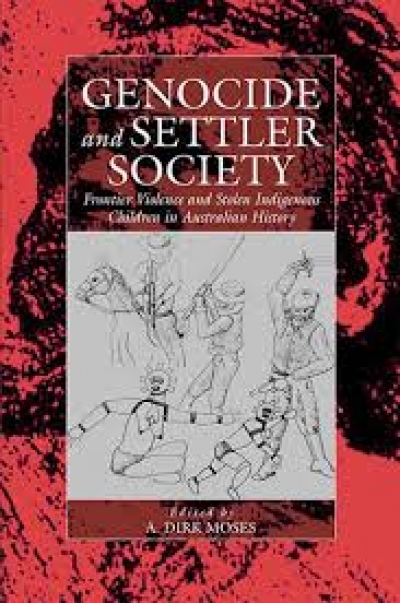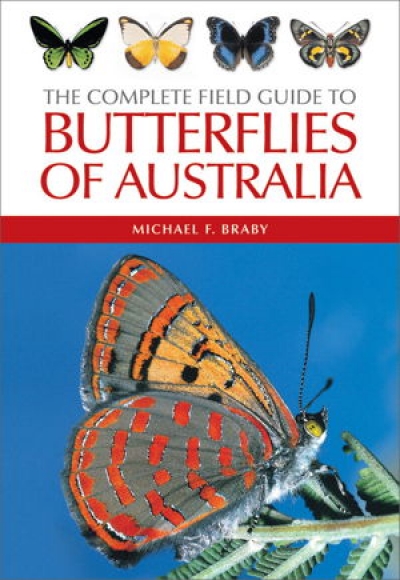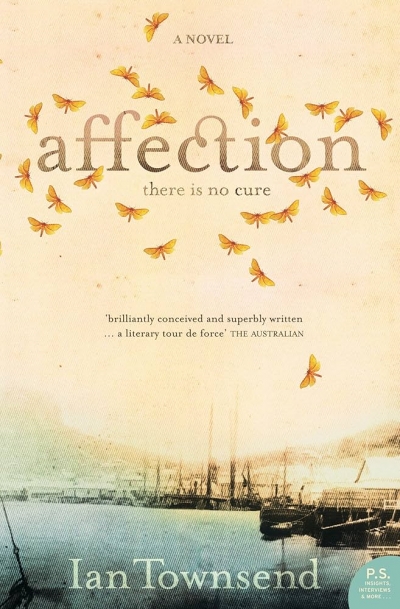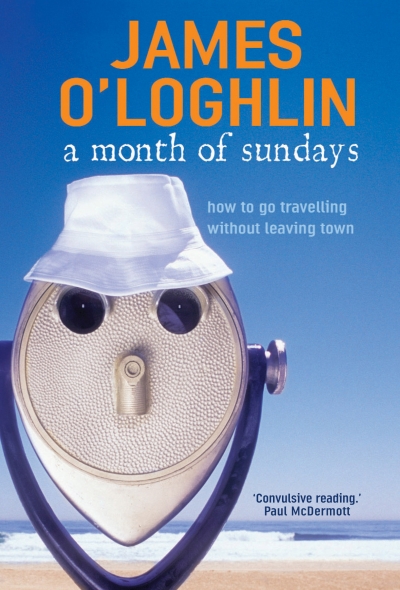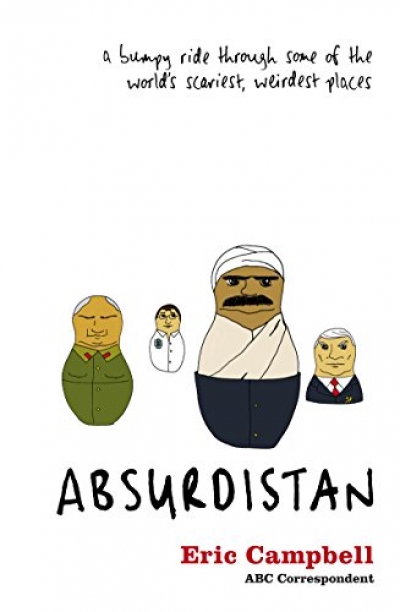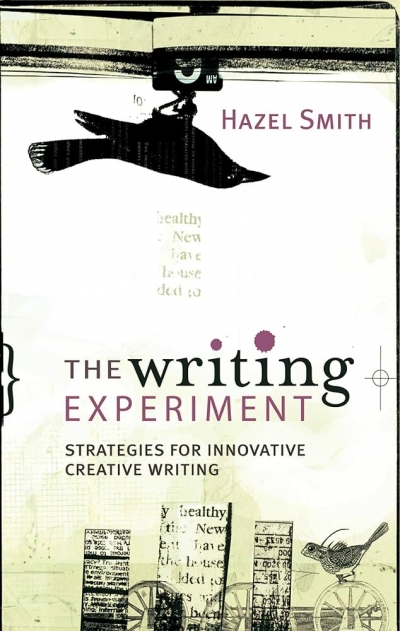Archive
Patrick White had rather more success than Henry James with his plays – though that is not saying much. James’s attempt in the 1890s to conquer the London stage was a theatrical and personal disaster, but has, remarkably, provoked two recent novels, Colm Tóibín’s The Master and David Lodge’s Author, Author. The plays were no great loss, and it was to our ultimate benefit that James returned his creative energy to the novel.
... (read more)Genocide and Settler Society: Frontier violence and stolen Indigenous children in Australian history edited by A. Dirk Moses
‘Most of us have a good bit of ego wrapped up in our children. We want them to do well so that we feel good about ourselves as well as them,’ says the wise and frank Jackie French. Parents walk a fine line between encouragement and pressure. Each of the above books is careful not to let itself fall over that line.
... (read more)


